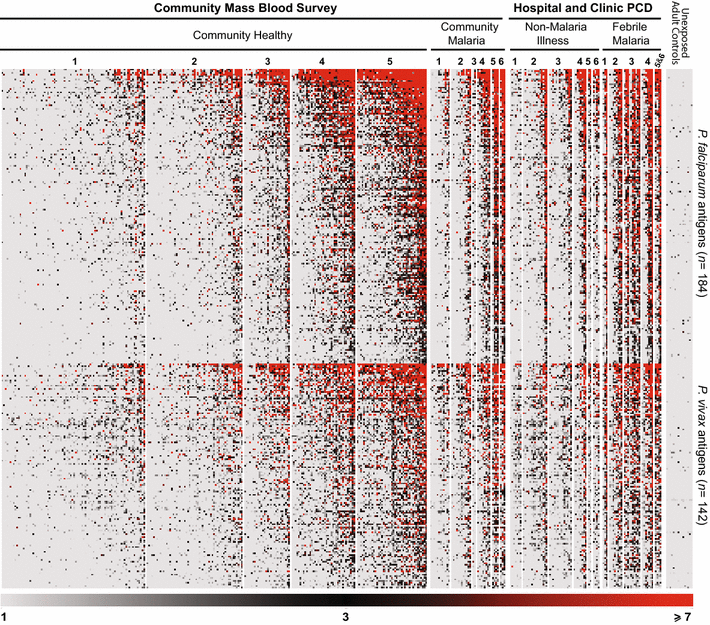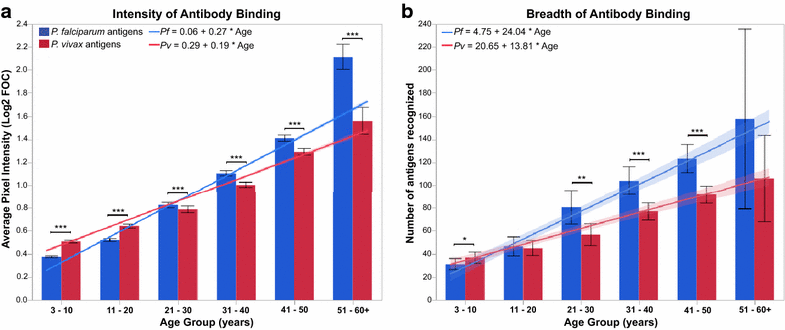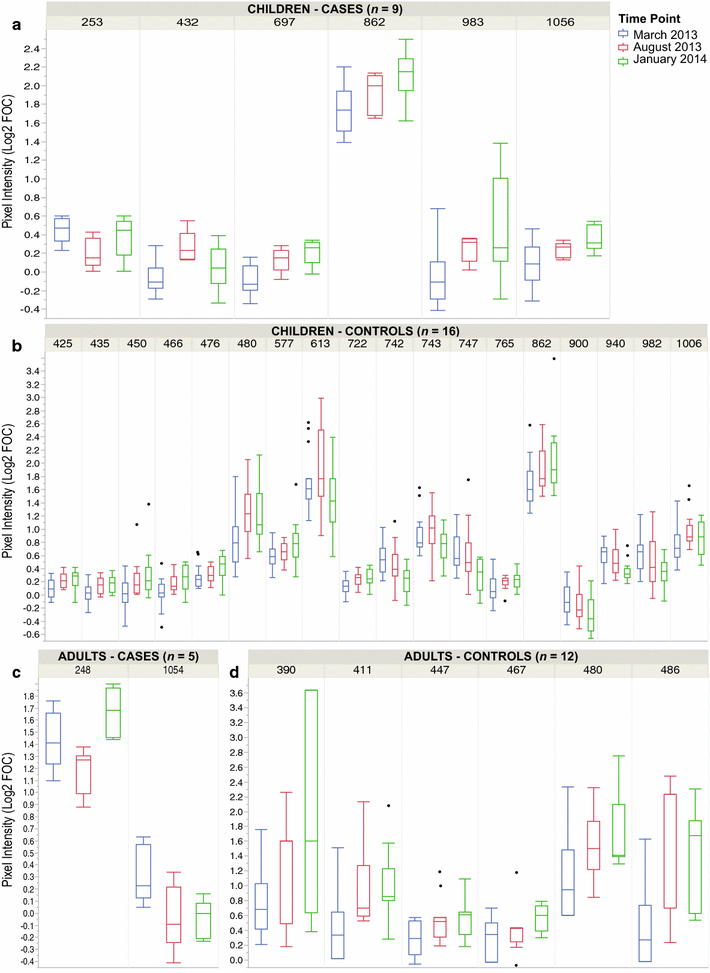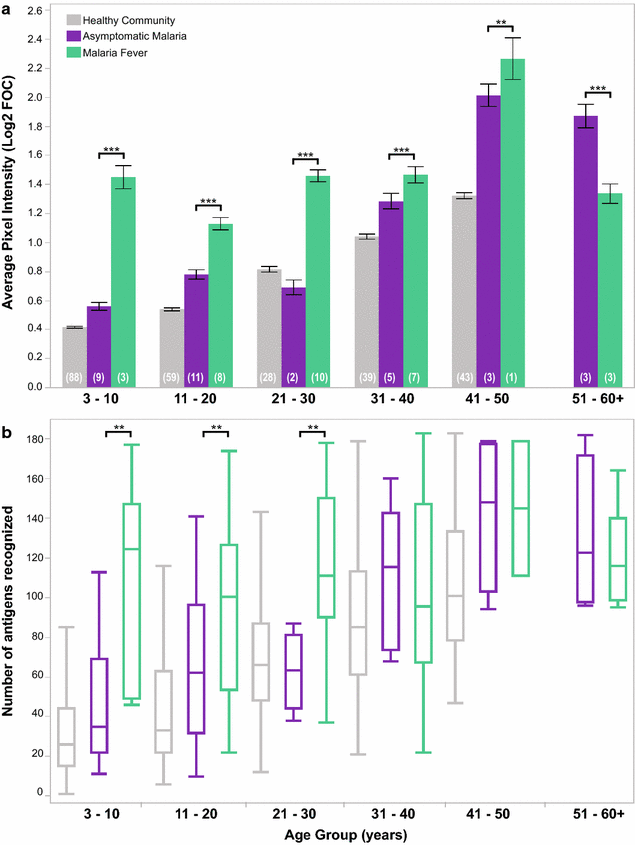Common asymptomatic and submicroscopic malaria infections in Western Thailand revealed in longitudinal molecular and serological studies: a challenge to malaria elimination
- PMID: 27333893
- PMCID: PMC4918199
- DOI: 10.1186/s12936-016-1393-4
Common asymptomatic and submicroscopic malaria infections in Western Thailand revealed in longitudinal molecular and serological studies: a challenge to malaria elimination
Abstract
Background: Despite largely successful control efforts, malaria remains a significant public health problem in Thailand. Based on microscopy, the northwestern province of Tak, once Thailand's highest burden area, is now considered a low-transmission region. However, microscopy is insensitive to detect low-level parasitaemia, causing gross underestimation of parasite prevalence in areas where most infections are subpatent. The objective of this study was to assess the current epidemiology of malaria prevalence using molecular and serological detection methods, and to profile the antibody responses against Plasmodium as it relates to age, seasonal changes and clinical manifestations during infection. Three comprehensive cross-sectional surveys were performed in a sentinel village and from febrile hospital patients, and whole blood samples were collected from infants to elderly adults. Genomic DNA isolated from cellular fraction was screened by quantitative-PCR for the presence of Plasmodium falciparum, Plasmodium vivax, Plasmodium malariae, Plasmodium ovale and Plasmodium knowlesi. Plasma samples were probed on protein microarray to obtain antibody response profiles from the same individuals.
Results: Within the studied community, 90.2 % of Plasmodium infections were submicroscopic and asymptomatic, including a large number of mixed-species infections. Amongst febrile patients, mixed-species infections comprised 68 % of positive cases, all of which went misdiagnosed and undertreated. All samples tested showed serological reactivity to Plasmodium antigens. There were significant differences in the rates of antibody acquisition against P. falciparum and P. vivax, and age-related differences in species-specific immunodominance of response. Antibodies against Plasmodium increased along the ten-month study period. Febrile patients had stronger antibody responses than asymptomatic carriers.
Conclusions: Despite a great decline in malaria prevalence, transmission is still ongoing at levels undetectable by traditional methods. As current surveillance methods focus on case management, malaria transmission in Thailand will not be interrupted if asymptomatic submicroscopic infections are not detected and treated.
Keywords: Asymptomatic; Low transmission; Molecular screening; Plasmodium falciparum; Plasmodium vivax; Protein microarray; Serology; Submicroscopic; Surveillance; qPCR.
Figures




References
-
- Malaria statistics for Thailand [http://www.searo.who.int/entity/malaria/data/en/].
-
- WHO . World Malaria Report. Geneva: World Health Organization; 2012.
-
- Konchom S, Singhasivanon P, Kaewkungwal J, Chupraphawan S, Thimasarn K, Kidson C, et al. Trend of malaria incidence in highly endemic provinces along the Thai borders, 1991–2001. Southeast Asian J Trop Med Public Health. 2003;34:486–494. - PubMed
-
- Thailand–Malaria Factsheets—Thailand National Strategic Plan [http://whothailand.healthrepository.org/handle/123456789/1443].
-
- Thailand–Malaria Factsheets—Thailand Malaria Plan [http://whothailand.healthrepository.org/handle/123456789/1443].
Publication types
MeSH terms
Grants and funding
LinkOut - more resources
Full Text Sources
Other Literature Sources
Medical
Molecular Biology Databases
Research Materials
Miscellaneous

